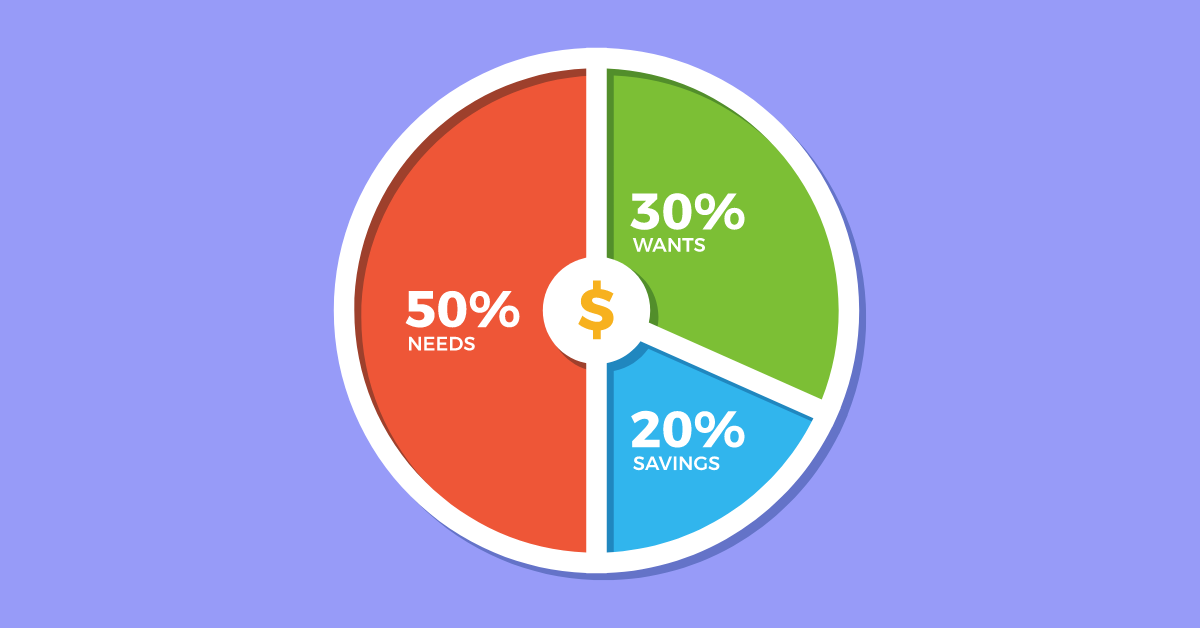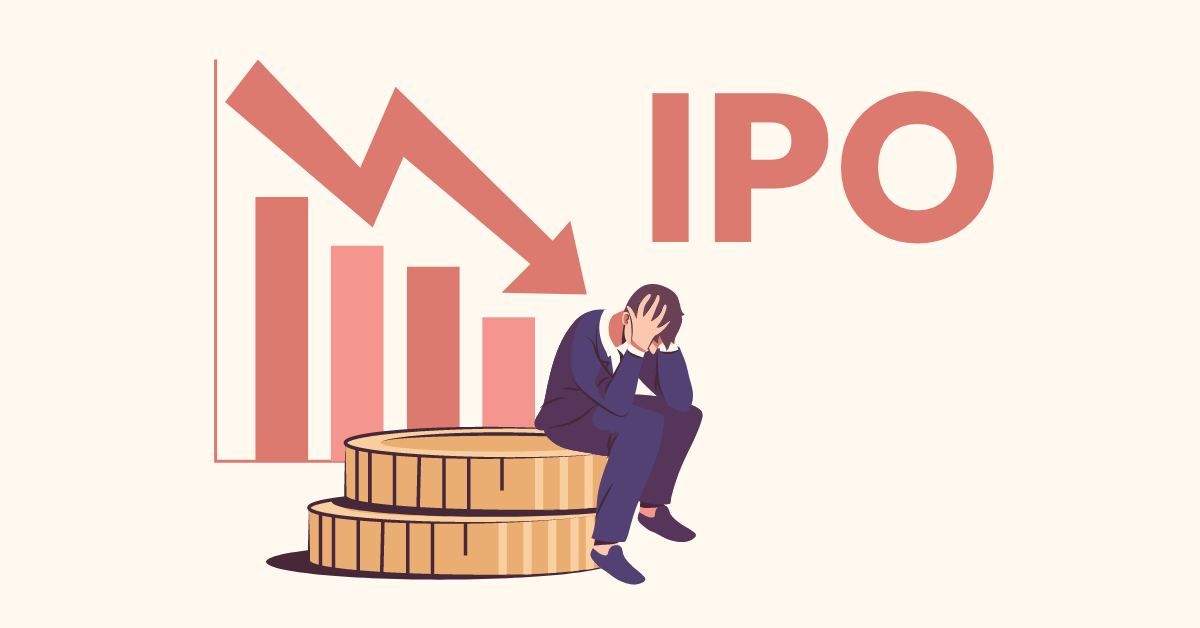
Many of our life decisions are directly linked with emotions. Be it career-oriented or related to acquiring products and services, etc. Sometimes we regret our choices because we get trapped by our behavioural biases and don’t consider other factors. It can also happen while we make investment decisions. Therefore understanding and avoiding behavioural biases in investment decision-making is essential.
This article highlights various behavioural biases in investment decision-making and ways to overcome them.
What Are Behavioural Biases In Investment Decision-Making?
Behavioural biases in investment decision-making mean the beliefs and preconceived notions that affect your decisions related to your investment actions.
7 Behavioural Biases Investors Must Avoid
1. Overconfidence bias:
For instance, Ronil has been investing for the past seven years, and from his past successful experience, he believed that the stock of ABC Ltd. would go up from ₹184 to ₹250 in a month. By trusting his investment ability and avoiding other factors, he allocated 20% of his net worth in shares of ABC Ltd.
Another investor, Kenil, learned from a friend that if he invests ₹1,00,000 in an investment scheme, the amount will double in two years. He got lured and invested in the investment scheme without thoroughly understanding the investment scheme.
Both these instances show overconfidence bias. Ronil was overconfident about his investment decisions, and Kenil was overconfident about the information he received. Overconfidence bias can put you in big trouble, so overcoming it is crucial.
How to overcome overconfidence bias?
To deal with overconfidence bias, it would help if you make informed investment decisions after performing fundamental and technical analysis. If you are a novice investor, approaching a financial advisor may help you make better investment decisions. You may also consider keeping a margin of safety to deal with mistakes that could happen.
2. Regret aversion bias:
For instance, Vidhi purchased 50 shares of a stock after analysing that it has a small probability of losing a significant value. However, over time, the value of that stock started to decline. She still stood by her investment decision and didn’t sell the stock when the probable loss was smaller. The stock price kept falling, and eventually that stock lost a majority of its value.
Although Vidhi could have exited that investment with a small loss and put that amount elsewhere, she didn’t do it only to avoid the regret that she had made a poor investment decision.
Such instances happen with many investors, and that tendency to avoid the feeling of regret is known as regret aversion bias. Investors suffering from regret aversion bias may end up wasting more money and time than required in terms of opportunity cost, to avoid regretting that they made a wrong decision. Thus, it may prevent investors from taking the right decision at the right time.
How to overcome regret aversion bias?
You may set your trading rules and stick to them to overcome the regret aversion bias. For example, you may set the rules such as if the stock in your portfolio drops by 10%, you will sell it, or if the stock price goes above 15%, you will book profit, etc. Instead of avoiding a fall in the value of your investments, you may consider reviewing it periodically and rebalancing when required.
3. Trend-chasing bias:
For example, Saumil purchased 100 shares of XYZ Ltd. just because it offered a return of 25% in the last year. It shows that Saumil has a trend-chasing bias.
Even though past performance does not necessarily reflect future performance, many investors make investment decisions primarily based on past returns. This tendency can lead to a poor investment decision if there is any factor that investors didn’t consider.
How to overcome trend-chasing bias?
Though reading the charts and catching the trend is not bad, making investment decisions considering only past returns may create a problem. Instead, you may assess the company’s underlying strengths and weaknesses, present position and make investment decisions mindfully.
4. Confirmation bias:
For instance, Dhruv invested in the ABC company after thorough research. He was highly optimistic about the company and thought of staying invested in it for at least ten years. He got the news of some serious litigation liability that may cause the company to declare bankruptcy. However, he intentionally ignored it because the information was not supporting his perceived notion of the company’s strength. It suggests confirmation bias.
Confirmation bias is an investor’s tendency to believe and seek information that supports his perceived notion and avoid others. Because of confirmation bias, the investor may neglect information which does not match his belief.
How to overcome confirmation bias?
To deal with confirmation bias, it may help if you equally consider every important information you get and make investment decisions after checking the accuracy of the information.
5. Loss aversion bias:
For instance, Kriya has a savings of ₹50,000. However, she was hesitant to put that money in mutual funds or stocks because she was worried about losing it. Although there are high chances that inflation would eat up some of her savings while investing can grow it, her fear of losing that money prevented her from investing.
It shows that Kriya has a loss aversion bias. Loss aversion bias refers to an investor’s tendency to prefer avoiding losses over seeking gains. Avoiding this bias can pay off in future if an investment is made mindfully.
How to overcome loss aversion bias?
Accurately understanding your risk profile and making investment decisions accordingly may help you overcome loss aversion bias. Moreover, you may prepare yourself to take some risks if the opportunity has a higher potential for gain in the long run. Instead of running away from risks, you may try to reduce them by having a well-diversified portfolio.
6. Herd mentality bias:
For instance, Ruchit heard about a meme stock that was in the hype in the online community. He observed how several investors have invested in that stock and got hefty returns. He, fearing missing out on an opportunity to make handsome returns in a short period, blindly followed other investors. It indicates a herd mentality bias.
Many investors often buy stocks because other investors are buying them. Instead of analysing independently, they choose to go with the crowd. The main problem with following the herd is that it can backfire.
How to overcome herd mentality bias?
To overcome herd mentality bias, you may conduct background research on the company before investing in a stock. It may help if you do not fear going against the crowd when the data suggests that going with them can be a poor investment decision.
Also Read: 7 Questions You Should Ask Before Investing in Stocks
7. Availability bias:
For instance, Dharmin, a newbie investor, invested in a mutual fund that he came across through an advertisement. He did so without checking other mutual funds around because this was the one that came to his mind when he thought of starting investing.
Many investors make the same mistake – i.e. make investment decisions without attempting to find more information than what is available, and they are said to have availability bias.
How to overcome availability bias
To deal with availability bias, you may make investment decisions after assessing all possible information. Moreover, you should check the accuracy of information before making any move.
Final Thoughts
Behavioural biases, which may not seem like a big problem at first, can be a big hurdle to your potential outcomes from an investment. A single bad investment may destroy your wealth. Therefore, you should understand various behavioural biases and learn to deal with them to make a wise investment decision.
We, at WealthDesk, enable you to invest in WealthBaskets, which are the combinations of equities and ETFs that reflect an idea, theme, or strategy built by SEBI registered professionals.
FAQs
Biases prevent investors from making rational and wise investment decisions. Investors suffering from behavioural biases make investment decisions based more on emotions than logic.
Behavioural biases such as overconfidence, loss aversion, herd mentality, confirmation, etc., can prevent investors from benefiting from market corrections.
– An essential hack to avoid trading biases is
to make decisions based on data, not emotions.
–
Stick to your investment objectives, and make
investment decisions that align with your goals.
–
Diversify your investments.
Understanding the behavioural biases in investment decision-making is essential as they can be barriers to a wise investment decision. You can prevent them and make better investment decisions if you know them.
Behavioural biases, such as overconfidence, loss aversion, etc., significantly affect investors’ decision-making. However, you may overcome behavioural biases in investment decision-making by making each investment decision mindfully, after thorough research.


















